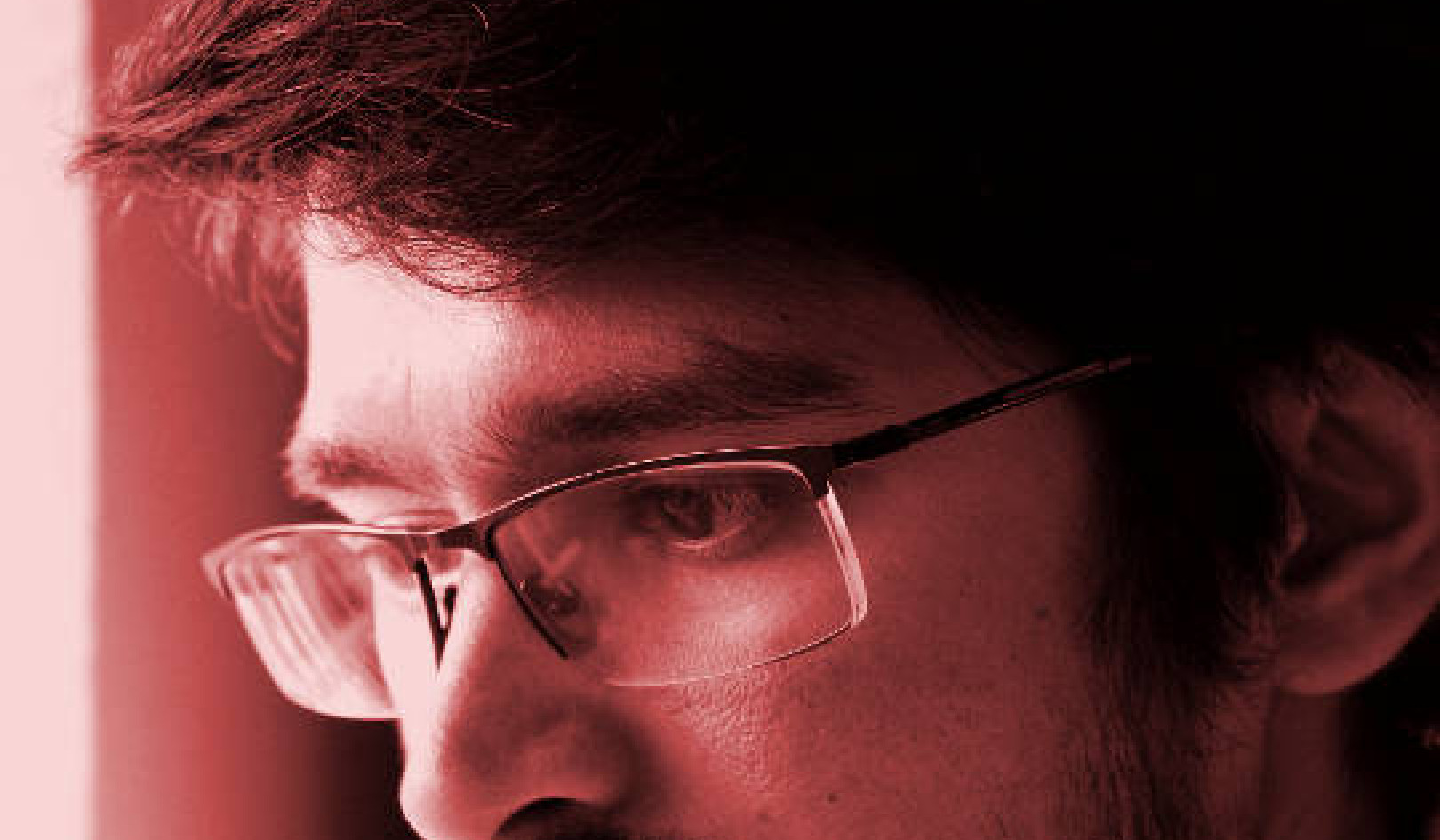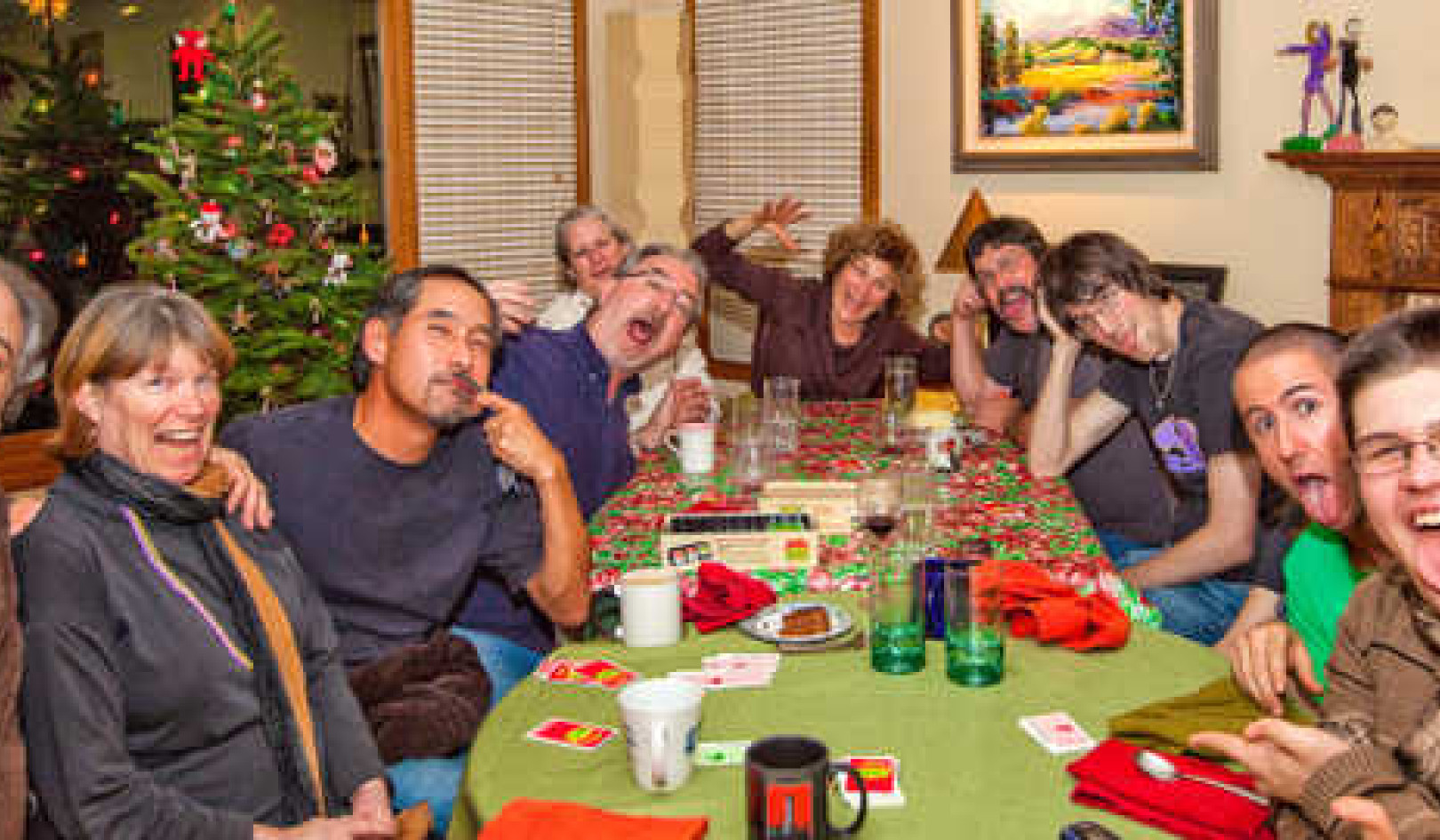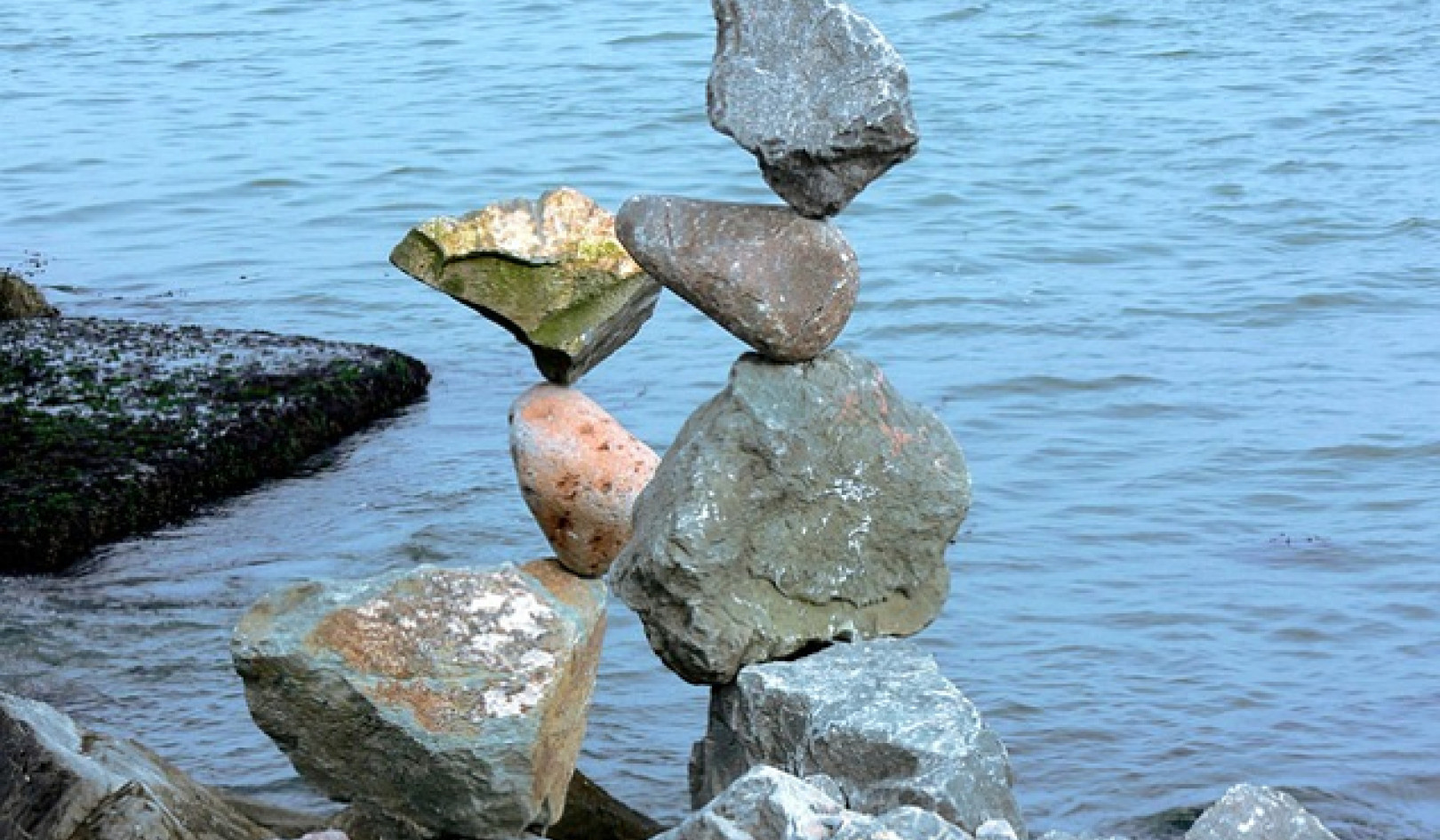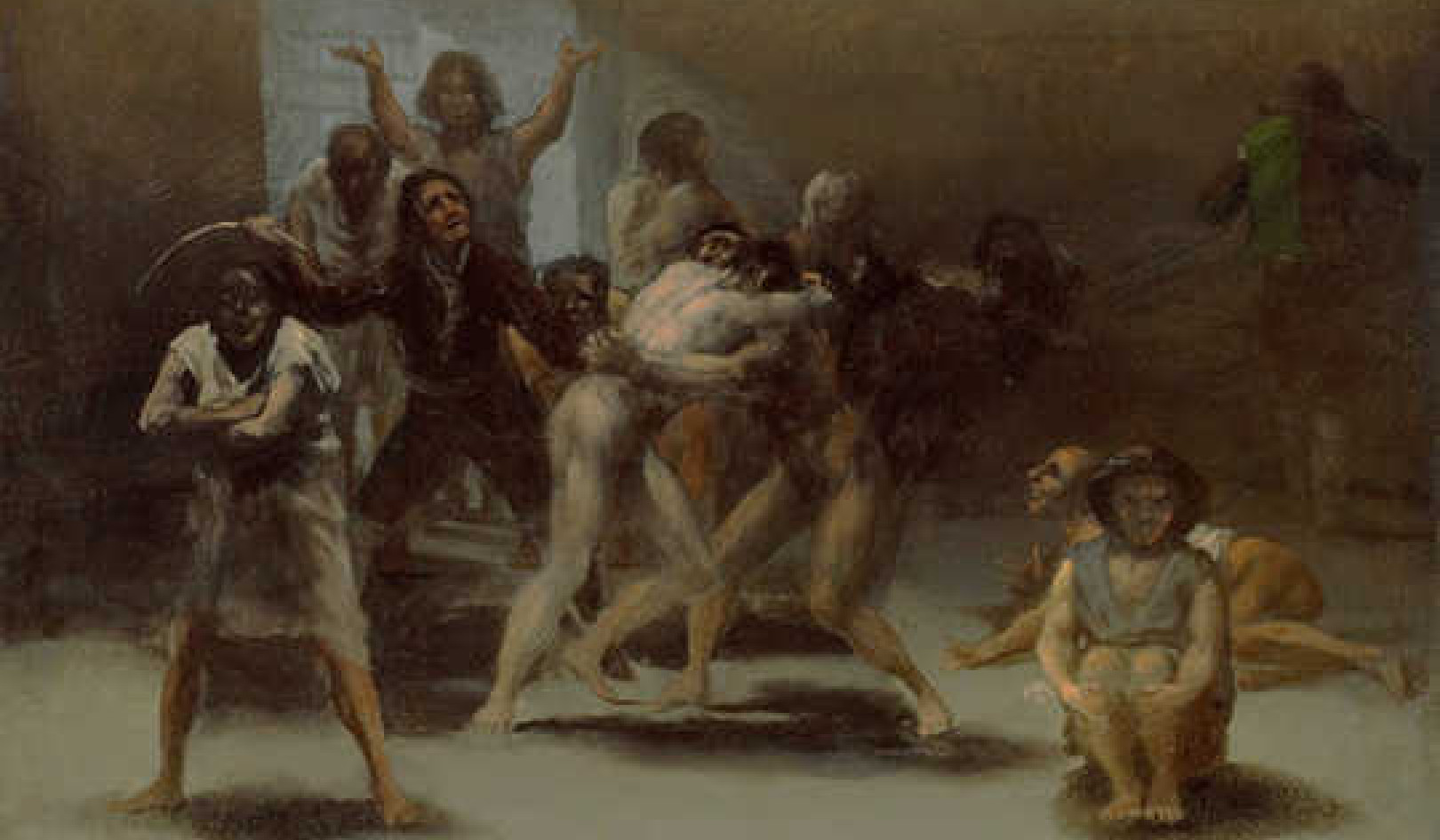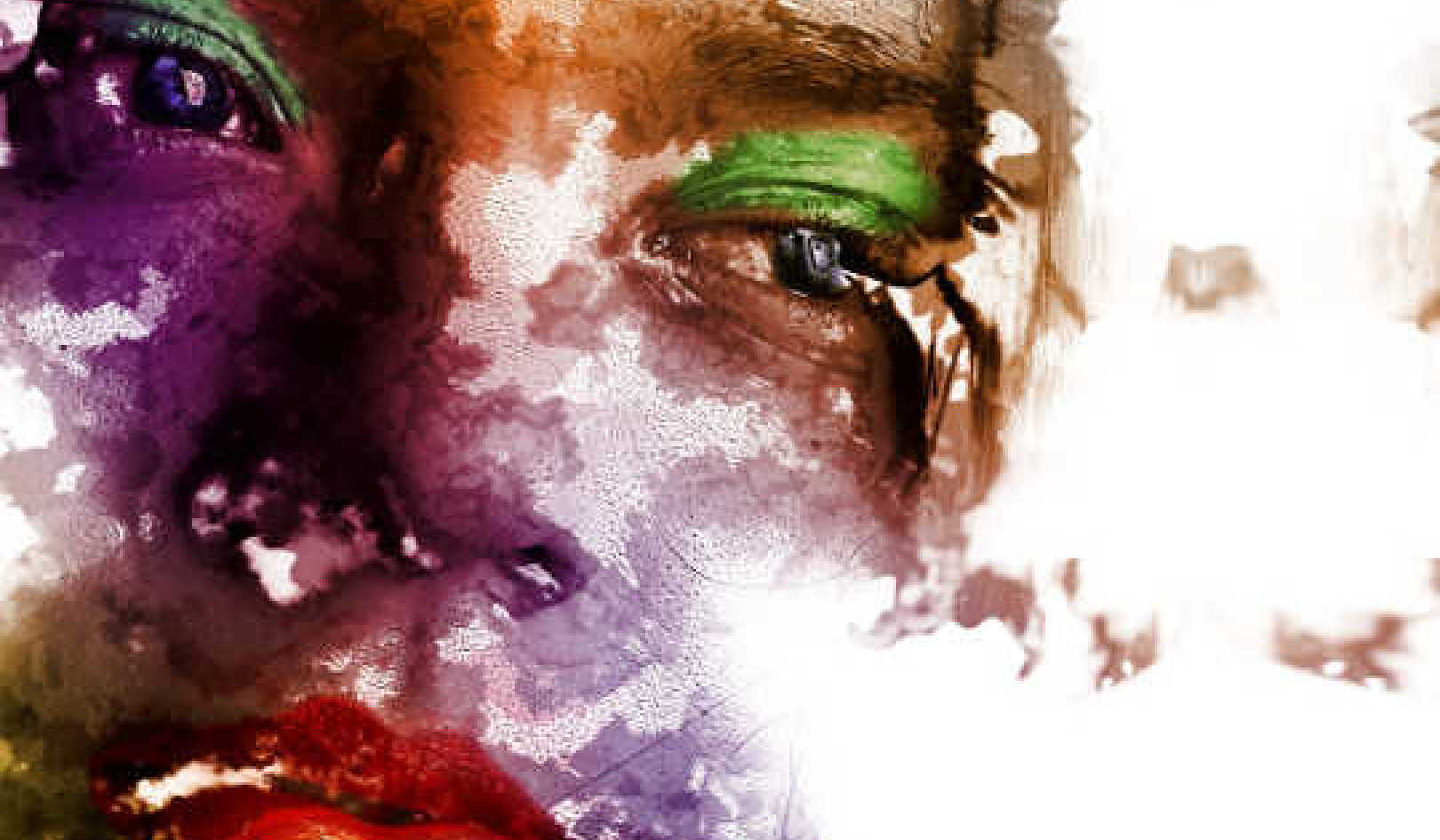
This type of meditation... is different from most meditation. Our approach to meditation is patterned after that of the Western shamanic spirit walkers or dream walkers and Hindu samadhi mystics. Samadhi, a Sanskrit word from ancient Indian philosophy, describes advanced yogic schools in Hinduism and Buddhism that train people in the highest spiritual levels of concentrated meditation. Samadhi mystics go into deep meditative states to leave the body, traveling outside normal time and space.
There are three basic things that are different about their meditative states:
1. These are active meditations that require a lot of focus.
2. They incorporate visualization where you create with thought power the intent of what you want to do and where you want to go in your active meditation.
3. They are out-of-body experiences.
We can practice these three basic components in a visualization exercise.
[Editor's Note: Before entering any out-of-body meditation or experience, it is a good idea to surround yourself with white light or implement some other form of spiritual protection.]
Visualization Exercise
Any effective visualization always has two basic parts.The first part is what you create in your mind’s eye as a picture. This should be created with as much detail as possible.The second part is to visualize what you have created in your mind’s eye as already taking place. This gives it life.
Many people forget the second part, which is the real magic of creation — giving it life. Without this component, your creative visualization is simply an idle wish you have dreamed.
What You Need
• A quiet, secluded room where you can meditate.
• Loose-fitting clothing, with your shoes removed.
• A mat, blanket, or pad on which to recline on your back on the ground. (This exercise can also be done sitting in a straight-backed chair with your feet firmly on the ground, arms and feet uncrossed, and erect posture, although results will probably be better if you recline on your back.)
Procedure
1. Lie on your back on the ground (or sit in a chair) with arms and legs uncrossed, so that energy flows freely through your body.
2. Begin deep, controlled breathing and allow your body to become numb as you focus on a still, quiet point deep within you where spirit resides.
3. Clear your mind and tune out all external and internal distractions until you see a blank slate in your mind’s eye. Focus on this slate.
4. Slowly begin to visualize your intent in the coming out-of-body part of the meditation, picturing first what you want to do and then where you want to go. In this part of the meditation you need to visualize leaving the body when you reach a deep meditative state, where you will go, and what you will do when you get there. Do not think in terms of words or concepts, but only visualize your intent as a picture in your mind’s eye.
5. Remember that words, thoughts, and analysis hamper good meditation. These are functions of the lower, rational mind. Learn to visualize. Without analyzing what you have visualized, simply tuck these pictures away to carry with you into the next part of your meditation, where they will be released like a posthypnotic suggestion to yourself.
6. Once you are satisfied with your creative visualization, begin the second part of your meditation with the understanding that the pictures you have carefully crafted in your mind’s eye will be carried gently with you into your new consciousness state and brought forward when you are ready to leave your body. Implementation of your creative visualizations as a road map in your out-of-body meditation will be automatic.
 Seeing with New Eyes, Hearing with New Ears
Seeing with New Eyes, Hearing with New Ears
What You Need
• A noisy room with people all around you.
• An adjacent room with more people talking earnestly to each other outside your normal range of hearing.
• A chair for you to sit in a place where you will not be bumped, jostled, or engaged by people in your room. (The chair is optional, as you could also stand.)
• Loose-fitting clothing that will not constrain you in any way. (You might also loosen or even remove your shoes, if that is possible without drawing unwanted attention to yourself.)
Procedure
1. Go into a meditation, tuning out all of the noise and distractions immediately around you. You need to filter out the distractions.
2. Tune out all internal chatter and thought, so that you are not thinking of anything.
3. Keep your feet firmly on the ground and your posture erect without bodily movement. Consciously put your body to sleep, so that you have no feeling in your hands, feet, arms, or legs.
4. Go deep within yourself to the center of your being where spirit resides and begin controlled breathing.
5. Observe that your higher consciousness is keenly alert while your physical body rests.
6. Focus your conscious awareness on conversations in the outer room to hear what is being said in the room outside where you are stationed. To do this, you must continue to tune out immediate distractions and filter only what you observe in the next room.
Recapitulation
• Were you able to pick up on conversations in the next room? If so, check with people in the next room to see if your observations were accurate. If you do not know the people in the next room well enough to ask them directly, you might linger in the next room to determine whether the voices you heard are present there and the conversations you heard from afar seem to fit what you hear while in the same room.
• When you observed what was being said in the next room, were you also able to see the people in your mind’s eye?
• Does it now seem plausible to you that your consciousness actually left your body to visit the next room?
• If you were successful in this exercise, next try observing people and their conversations outside the building where you are stationed. If you were unsuccessful, repeat the exercise with greater focus to meditate and leave your body with your consciousness.
©2012 by Von Braschler. All Rights Reserved.
Reprinted with permission of the publisher, Destiny Books,
an imprint of Inner Traditions, Inc. www.innertraditions.com
Article Source
7 Secrets of Time Travel: Mystic Voyages of the Energy Body
by Von Braschler.
 The author examines and explains: • the seven secrets of time from the viewpoint of mystics and scientists, including Helena Blavatsky, C. W. Leadbeater, and Albert Einstein • how transcending the physical body offers new hope for the treatment of illness, emotional problems, and addictions • step-by-step instructions and exercises to develop your time travel abilities via the energy body.
The author examines and explains: • the seven secrets of time from the viewpoint of mystics and scientists, including Helena Blavatsky, C. W. Leadbeater, and Albert Einstein • how transcending the physical body offers new hope for the treatment of illness, emotional problems, and addictions • step-by-step instructions and exercises to develop your time travel abilities via the energy body.
About the Author
 Von Braschler, a former faculty member at Omega Institute for Holistic Studies, has led workshops through the United States and the United Kingdom. A lifetime member of the Theosophical Society, he is the author of several books, including Perfect Timing and Chakra Reading and Color Healing.
Von Braschler, a former faculty member at Omega Institute for Holistic Studies, has led workshops through the United States and the United Kingdom. A lifetime member of the Theosophical Society, he is the author of several books, including Perfect Timing and Chakra Reading and Color Healing.

























